Roasting of Coffee and planting of Coffee trees
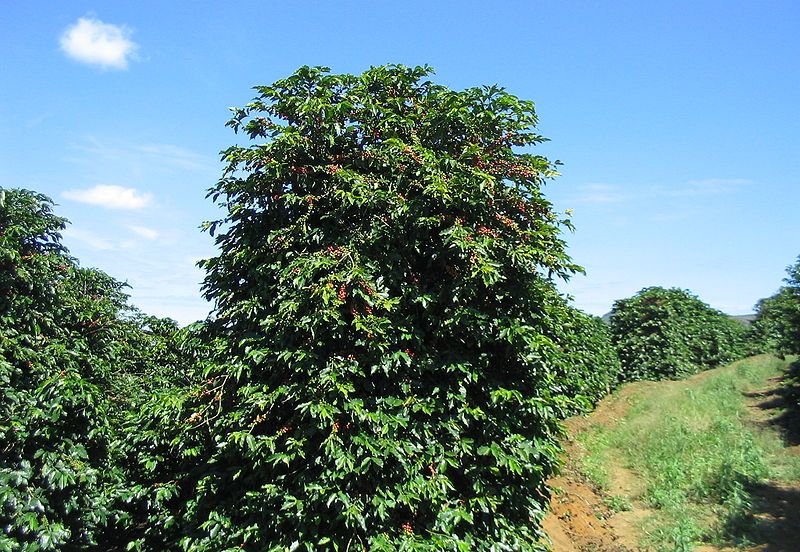
Coffee is a perennial evergreen shrub or small tree of Rubiaceae. It is a horticultural perennial cash crop with the characteristics of fast growth, high yield, high value and wide market. Wild coffee trees can grow to a height of 5 to 10 meters, but coffee trees planted on the manor are often cut to less than 2 meters in order to increase their fruit and facilitate harvesting.
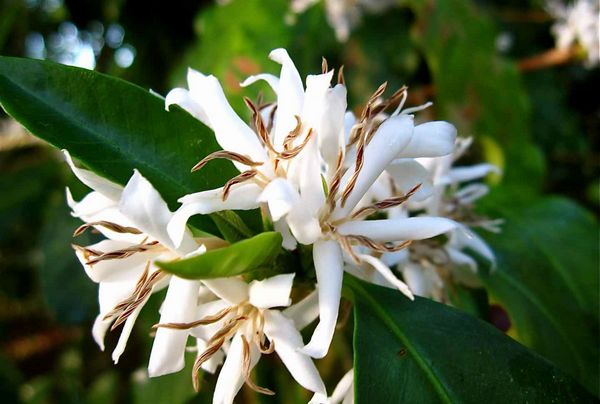
The first flowering period of the coffee tree is about three years old. the five-petal tube-shaped white flowers are filled with a faint scent of jasmine and the inflorescences are arranged in dense clusters. Flowers wither after two or three days of blooming and begin to bear fruit after a few months. The fruit is a drupe with a diameter of about 1.5cm. It turns green at first, then turns yellow gradually, and turns red when ripe. It is very similar to cherries, so it is called cherry coffee (Coffee Cherry). It can be harvested at this time.
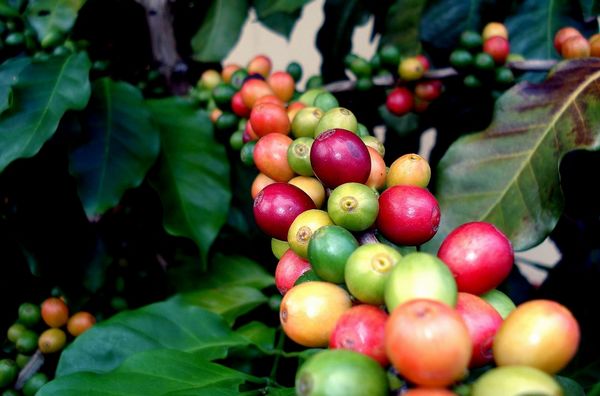
Coffee fruit contains two seeds, namely coffee beans. The two beans are connected face to face with each other on one side of the plane. Each coffee bean has a thin outer film, which is called silver skin, and its outer layer is covered with a yellow outer skin, called endocarp. The whole coffee bean is wrapped in a sticky pulp to form the coffee pulp, which is soft and sweet, with the outer shell.
Raw bean processing
Pick
The existing coffee picking methods are divided into mechanical picking and manual picking. Mechanical picking is suitable for coffee gardens with flat land and large areas of planting. Brazil is the most frequent user of mechanical picking coffee in the world. This method is characterized by low cost and high efficiency, but the coffee beans picked are uneven and of poor quality. For coffee beans with higher quality requirements, the method of manual picking is generally adopted, which ensures that the picked coffee fruit has uniform size, similar maturity, no other impurities, and is beneficial to the post-processing of coffee beans.
From fruits to coffee beans
The processing methods from coffee fruit to coffee beans can be roughly classified as dry processing and wet processing.
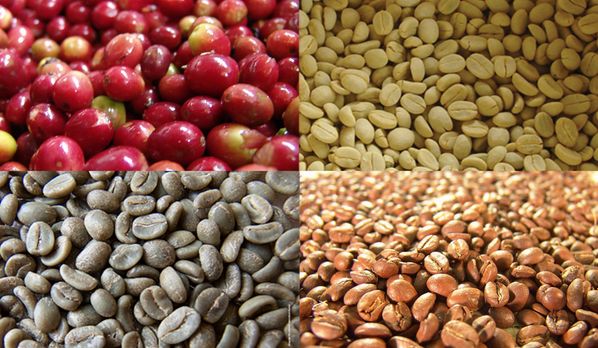
Dry processing: the coffee fruit is dried and dehydrated by natural conditions such as sunlight and ventilation, and then the dried coffee fruit is put into the peeled pulp, peel and silver skin. This method is the most economical and traditional processing method, the coffee beans treated by this method can maintain the fragrance for a long time, but also have a certain environmental smell. At present, this method is widely used in many parts of Africa and Asian countries, but with the progress of science and technology, many places have begun to use dryers to dry coffee fruit.
Wet processing: also known as water washing processing, using soaking to screen the coffee fruit, and then the selected fruit through fermentation, extrusion and other methods to remove the peel, pulp and silver surface slippery pulp, processed coffee beans will retain the surface of the silver skin for storage, this state of coffee beans called "parchment coffee beans" (Parchment Coffee), until export before using the peeling machine to remove the dried silver skin. The biggest advantage of wet processing is that the appearance quality of coffee beans is good, and the original flavor is maintained well. The disadvantage is that the processing cost is high and a lot of water is needed. It is generally used for the processing of high quality coffee beans. High quality processing methods of coffee beans
Baking
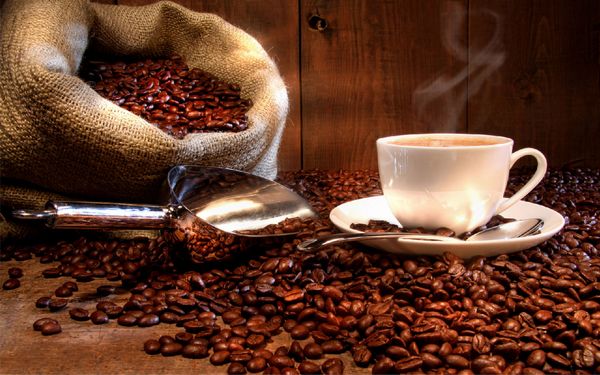
Coffee bean roasting is a process in which raw beans are converted into sugars and acids by means of specific equipment at high temperature. in this process, substances such as cellulose will be carbonized to varying degrees, water and carbon dioxide will be volatilized, and the protein will be converted into enzymes, which combine with the rest of the fat to form an oil film on the surface of the coffee, and the coffee bean itself will expand by baking. Pores are created inside. Roasted coffee beans can produce special aromas and different flavors before they can be used to brew coffee.
Coffee bean roasting is a complicated processing technology, which is quite professional. If you want to make delicious coffee beans, you need perfect equipment and high coffee roasting technology, so unless it is for personal pleasure, it is generally not suitable for family.
With the size of the baking firepower, the length of time, coffee beans will show different depth and taste changes. Different characteristics of coffee beans, different drinking methods determine the depth of roasting of coffee beans. Generally speaking, the roasting degree is light, the coffee bean color will be light brown, the sour taste is strong, and the baking degree is deep, the hue is dark, and the bitterness is enhanced.
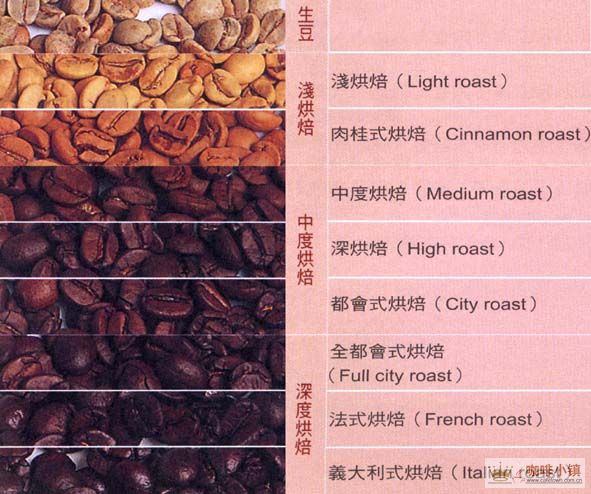
Traditionally, the roasting of coffee beans is divided into eight different degrees:
The lightest baking (Light)-slightly yellowish coffee color, not very strong aroma and flavor
Light roasting (Cinnamon)-cinnamon color, slightly better flavor, a kind of American coffee
Ordinary roasting (Medium)-maroon, mellow, moderately sour, a kind of American coffee
Medium baking (High)-A slightly thicker baking method than shallow baking, with bitter acid and good aroma and flavor.
Medium and deep roasting (City)-the word City- comes from New York City and is a standard roasting method suitable for Colombian and New York-style coffee
Strong roasting (Full City)-no sour but bitter, suitable for iced coffee
Strong roasting (French)-French, also known as European style, due to the strong degree of baking, coffee beans fat oozing surface, dark color, strong bitterness, with a unique flavor
The strongest roasting (Italian), also known as Italian style, has a strong roasting degree, and the coffee beans are carbonized black, scorched and without aroma, so they are suitable for brewing Italian steam coffee.
Common coffee taste
There are many kinds of coffee, according to the taste, the common ones are as follows:
Black coffee (black coffee): also known as "black coffee", commonly known as "fast coffee" in Hong Kong-coffee made directly from coffee beans, without milk, etc., will affect the way the coffee is consumed. Instant coffee does not belong to black coffee.
White coffee (white coffee): Malaysian specialty, originated in the town of Ipoh, refers to coffee beans baked in butter, brewed and added to sweet condensed milk. It's essentially a latte. In the United States, white coffee also refers to lightly roasted coffee beans, which are brewed in Italian style and have a strong sour taste.
Flavored-coffee: according to different tastes, add chocolate, syrup, juice, cinnamon, nutmeg, orange blossom and other different seasonings to the coffee.
Espresso (Espresso): coffee is brewed at the end of coffee ground by high pressure with hot water. A refreshing and refreshing product
Cappuccino: steam-pressurized espresso with frothy (or steamed) milk, sometimes with cinnamon or spices or chocolate powder as needed. Usually coffee, milk and milk foam account for 1 / 3 of each. You can also add two espresso as needed, which is called "Double".
Caff è latte: "Caff è latte" is an Italian transliteration; a latte, also known as "Cafe au lait", is a French transliteration of ─ coffee with lots of hot milk and sugar. Also known as "coffee milk"-Chinese interpretation, by one espresso plus more than two servings of hot milk. You can also add two espresso as needed, which is called "Double". Personal favorite, more suitable for girls
Macchiato: put the right amount of steam on the espresso to beat the foam. Macchiato in Italian means "coffee soiled with milk."
Caff è Mocha: add chocolate, milk and whipped cream to the coffee, sometimes with ice.
American coffee (American Coffee / Americano): espresso with lots of hot water. Softer than regular espresso.
Irish coffee (Irish Coffee): add whiskey to the coffee and put cream on top.
Viennese coffee (Viennese): invented by Austrian coachman Ein Shubner, the coffee is made with chocolate syrup, whipped cream and sprinkled with sugar.
Vietnamese coffee (Vietnamese Coffee): put the minced coffee in a special metal processing filter, pour it into boiling water and let the coffee drop into the cup; when the coffee is finished, add sugar or condensed milk to everyone's taste and stir it up. In Vietnam, there are two kinds of drinks: cold drink and hot drink. Hot coffee, which people drink mainly in winter, will be made when brewing.
Important Notice :
前街咖啡 FrontStreet Coffee has moved to new addredd:
FrontStreet Coffee Address: 315,Donghua East Road,GuangZhou
Tel:020 38364473
- Prev
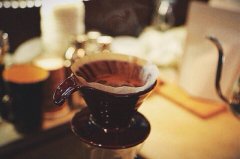
What are the lightly roasted coffee beans? The roasting of coffee beans determines the taste of coffee.
The roasting of coffee beans determines the taste of coffee, and the bitter, sour and mellow taste of coffee is determined by roasting. Let's talk about the method of roasting coffee beans. First, the degree of roasting of coffee beans determines the basic taste of a cup of coffee. Generally speaking, light baking has a strong sour taste and unique aroma, while the deeper the baking degree, the sour taste is gradually lost, but bitter.
- Next
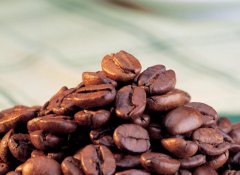
Roasting process, baking degree and roasting curve general knowledge of coffee roasting
The following text is extracted from the book falling in love with barista by Qi Ming, a teacher from Pulan Coffee College, which was printed by Jiangsu Science and Technology Publishing House for the third time in March 2015. Reprint must indicate the author and the source. One can't make bricks without straw. If the quality of raw coffee beans is not good, no matter how skilled the roaster is, everything is still out of reach. For those coffee of poor quality
Related
- Beginners will see the "Coffee pull flower" guide!
- What is the difference between ice blog purified milk and ordinary milk coffee?
- Why is the Philippines the largest producer of crops in Liberia?
- For coffee extraction, should the fine powder be retained?
- How does extracted espresso fill pressed powder? How much strength does it take to press the powder?
- How to make jasmine cold extract coffee? Is the jasmine + latte good?
- Will this little toy really make the coffee taste better? How does Lily Drip affect coffee extraction?
- Will the action of slapping the filter cup also affect coffee extraction?
- What's the difference between powder-to-water ratio and powder-to-liquid ratio?
- What is the Ethiopian local species? What does it have to do with Heirloom native species?

